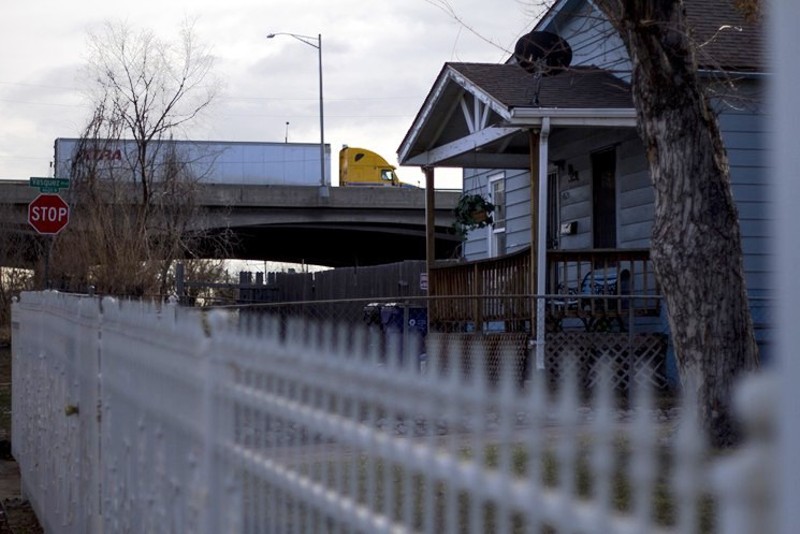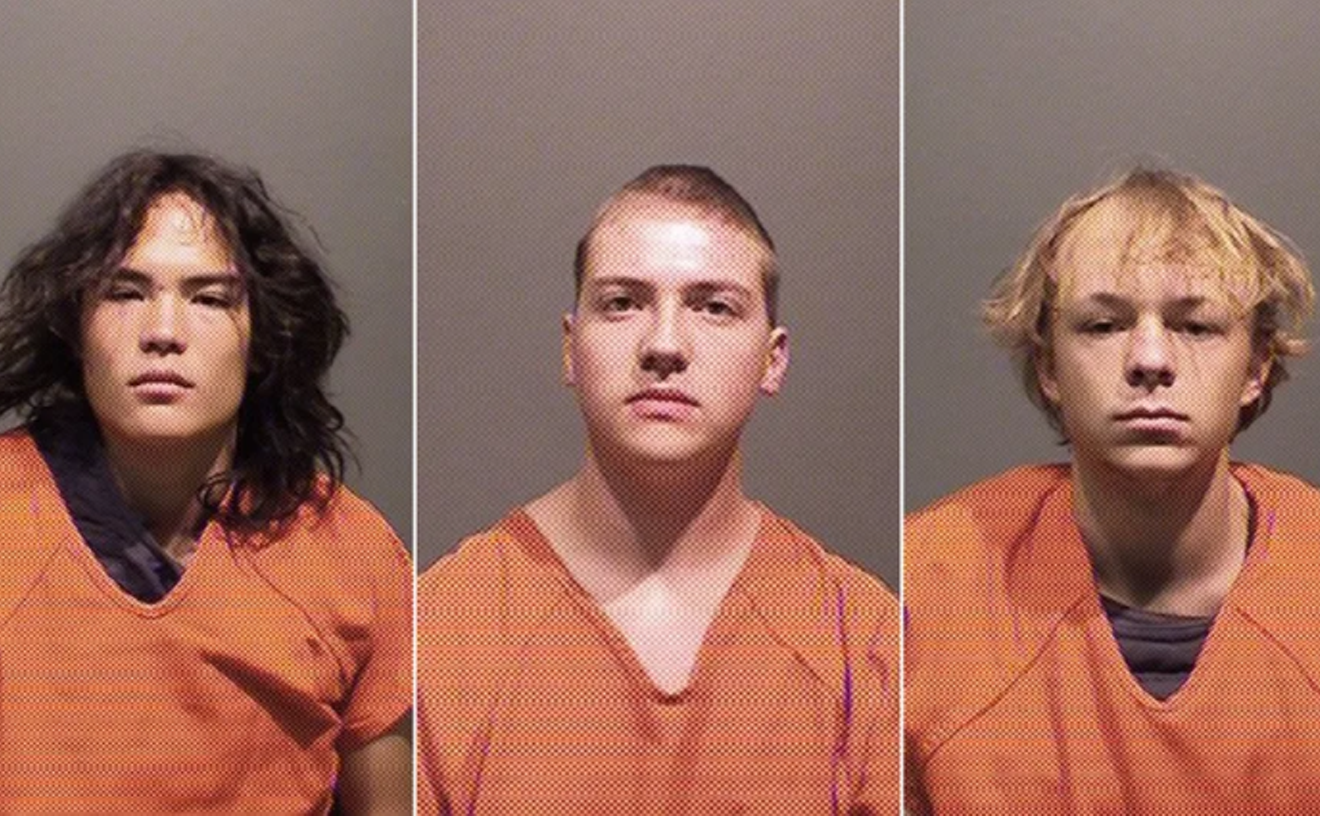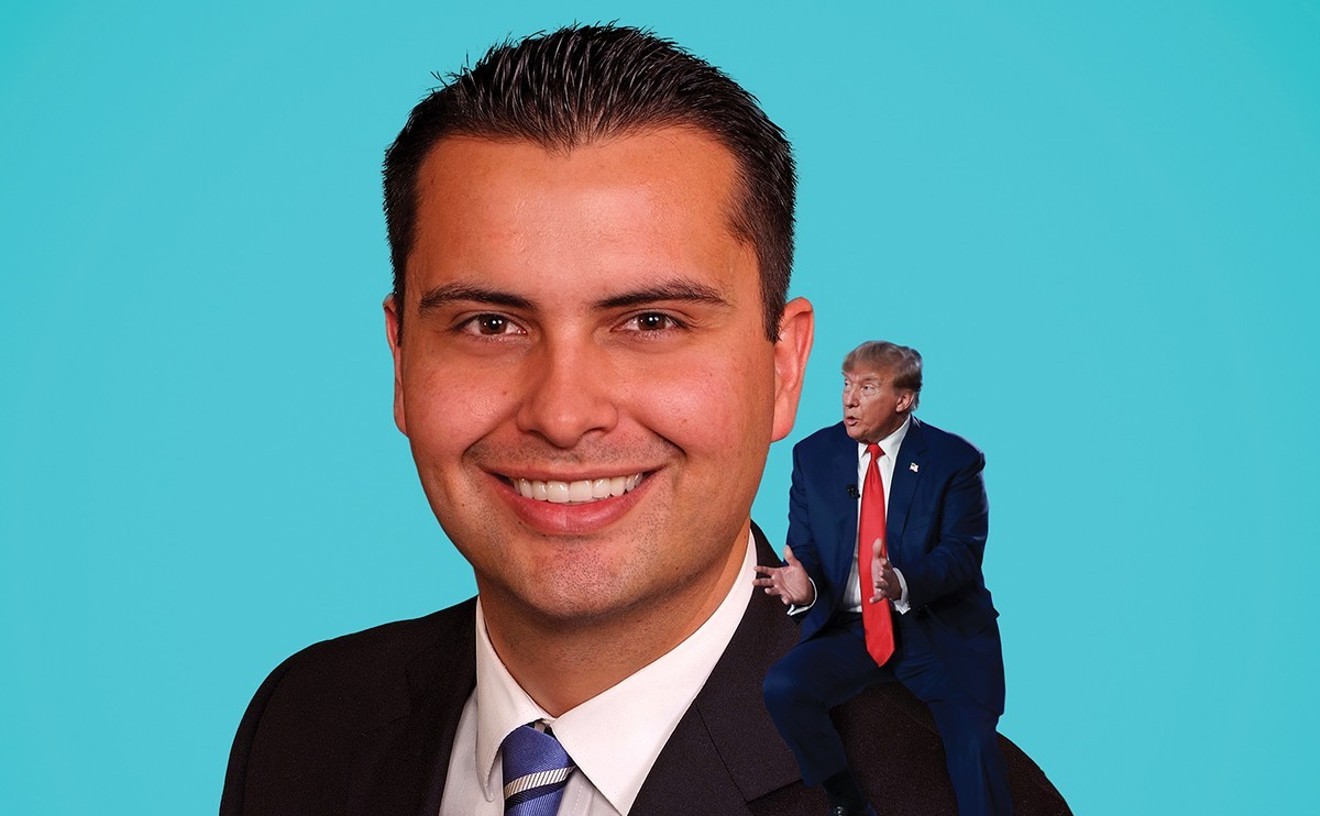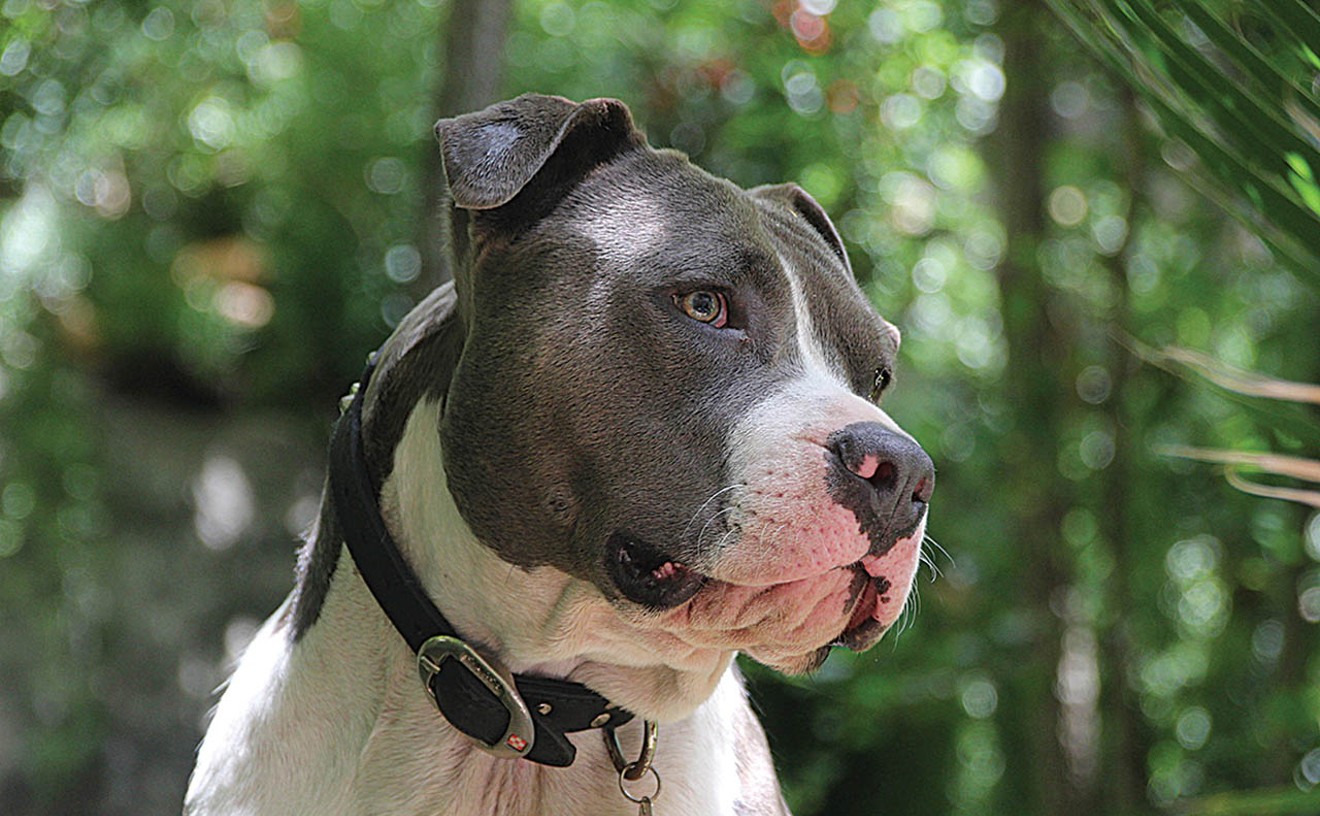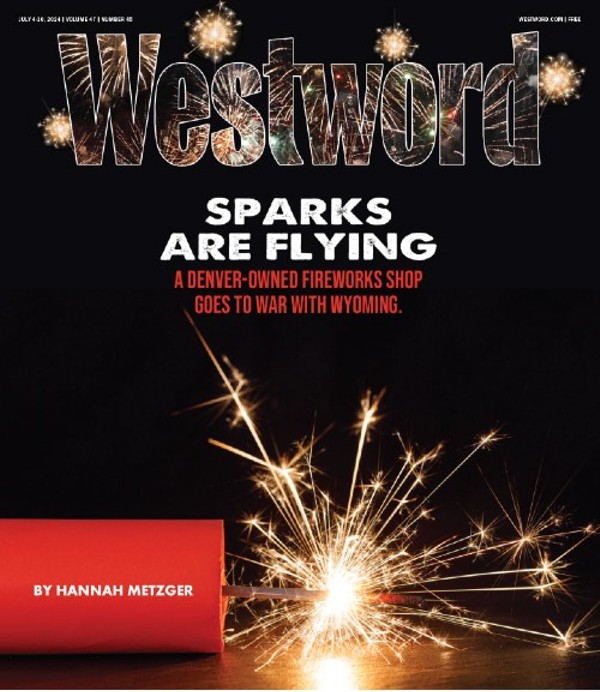In Denver, however, these things might not matter as much as we thought: A University of Colorado Denver study published on July 14 outlines how perfectly healthy people can still suffer from an independent risk factor for severe illness when living in areas with residential buildings, air pollution caused by particulate matter (like dust and smoke) and where public transit is accessible.
"Now we can say that not only having these medical conditions or being elderly or being overweight is a risk, but also living in an area where you have a lot of multi-family buildings, living in an area with higher particulate matter in the air, are independent risk factors," explains Dr. Sarah Rowan, an expert on public health who is one of the authors of the CU Denver study.
"We know that a lot of chronic health conditions are more clustered in areas that are lower-income overall, and this is the first to really tease out [those chronic health conditions]," Rowan explains.
"We know that a lot of chronic health conditions are more clustered in areas that are lower-income overall, and this is the first to really tease out [those chronic health conditions]," Rowan explains.
CU Denver researchers used the study, which was published in the science journal PLOS One, to determine why residents in certain neighborhoods often have greater health risks based on where they live. Their research was aimed at better informing city designers and local policymakers, demonstrating that setting often correlates with health in the same way that old age or obesity can.
This was especially the case during COVID, which was the basis for the study.
During the pandemic, Denver residents who lived in neighborhoods with fewer multi-family homes — townhouses or apartment buildings — where the air was cleaner, where they could walk or bike without having to cross too many roads, and where there was less public transit, reportedly went to the hospital less often.
A person's chances of severe illness are already known to be worse when they're elderly or obese, or if they suffer from chronic illnesses like heart disease or diabetes, which are often found in low-income areas. The CU Denver study found that other risk factors — like where someone lives — also led to severe illness regardless of age, weight or wealth. Researchers also accounted for race and ethnicity.
CU Denver drew from data of more than 18,000 Mile High City residents who were hospitalized for COVID-19 in 2020. Denver neighborhoods like Montbello, Green Valley Ranch, Harvey Park, Westwood, Mar Lee and Barnum hosted the biggest clusters of COVID hospitalizations, according to researchers.
When vaccines were publicly available, Rowan points out, they first went to people with known risk factors — like being elderly, or an essential worker who regularly dealt with exposure to people. "That was what we used for deciding who would get the vaccine first because that was who was the most vulnerable, who would get the medication when you have limited supplies," she says.
The CU Denver study finds new risk factors that Rowan believes should be a major part of public health policy.
When vaccines were publicly available, Rowan points out, they first went to people with known risk factors — like being elderly, or an essential worker who regularly dealt with exposure to people. "That was what we used for deciding who would get the vaccine first because that was who was the most vulnerable, who would get the medication when you have limited supplies," she says.
The CU Denver study finds new risk factors that Rowan believes should be a major part of public health policy.
More research is needed to understand why these newer location-based risk factors play such a large role in people's health. But part of it is obvious, according to the study.
Daily access to public transportation and larger crowds leads to people being in more confined spaces for extended periods of time. However, "It is possible that transit riding may have other unidentified health risks," the study says.
Rowan notes that living in dense buildings and taking public transit are known risk factors for transmitting diseases, but the study focused more on who is getting sicker once they already have the virus, not who gets the virus initially.
"A lot of these things are risk factors for transmission. As you would expect, a lot of people in a small space, you'll have more transmission," Rowan says. "But as for those folks who get the virus, when we think about who's going to get sicker, what's going to predict who's going to get more sick, those are independent risk factors for severe illness, as well."
People who live in "less transit-rich environments" where there's less pollution, more parks and trails and more single-family homes are healthy because of their neighborhood and how they are able to take advantage of it, according to the study. Residents will often walk more, avoid chronic illness connected to pollution, and be less affected by the stresses of living in crowded areas.
Dr. Jeremy Németh, one of the co-authors of the CU Denver study, says the findings aren't just relevant to COVID. Researchers discovered that certain neighborhoods ultimately have a real-life impact on a person's overall health and well-being.
"It's not just a story about COVID," Németh says. "It's a story about people being exposed to the risk factors that make them more susceptible and have major impacts on their overall well-being. We see high rates of asthma in these neighborhoods and heart disease and cardiovascular conditions in the same neighborhoods [where] we see high COVID rates."
The hope is that experts and officials will see just how much of an effect someone's environment can have on them, especially when looking to the future.
"By heeding lessons learned from COVID-19, we may see public health and environmental benefits that extend well beyond the improved control of future respiratory pandemics," the study concludes.

